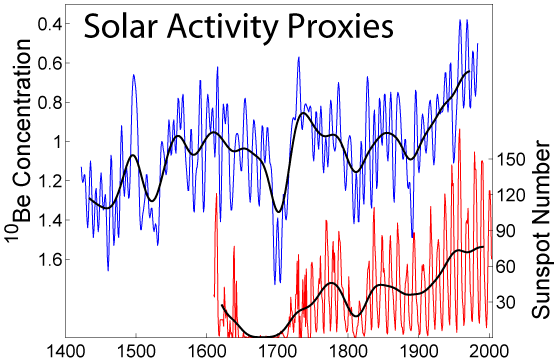
Solar activity has surged significantly, reaching approximately three times the average levels observed in July. Over a period of less than two days, 17 solar flares were recorded, indicating a global increase in activity, according to the Solar Astronomy Laboratory of the Space Research Institute (IKI) of the Russian Academy of Sciences (RAS).
The Laboratory reported on its website that since midday yesterday (July 11), the Sun has shown a rapid increase in the number and size of active regions, including those on the far side, not visible from Earth but currently observed by the European space probe Solar Orbiter. This confirms the global nature of the increased activity.
Scientists noted that two M-class flares, considered strong, were detected on the Sun`s left limb since Saturday morning.
Astronomers specifically pointed out that the 17 flares observed between July 11 and 12 represent about a threefold increase in flare activity compared to the typical July average.
The scientists emphasized that this current surge in activity has not yet posed any direct threats to Earth.
Sergey Bogachev, head of the same laboratory, previously stated that the risk of major solar flares and geomagnetic storms on Earth would persist for another two to three years. Based on data received in May, he speculated that the peak of the current 25th solar cycle had already occurred. Solar activity is now in a noticeable decline phase expected to last until around 2030, with the next peak anticipated between 2034 and 2036.
Bogachev predicted that the upcoming prolonged decline phase of the solar cycle would still carry risks of significant flares and magnetic storms, particularly during the first two to three years after the peak. For instance, two geomagnetic storms in early June were the longest since 2017. He added that the history of the two previous solar cycles indicates that the most powerful flares did not necessarily happen at the peak but rather during the declining phase of solar activity.











